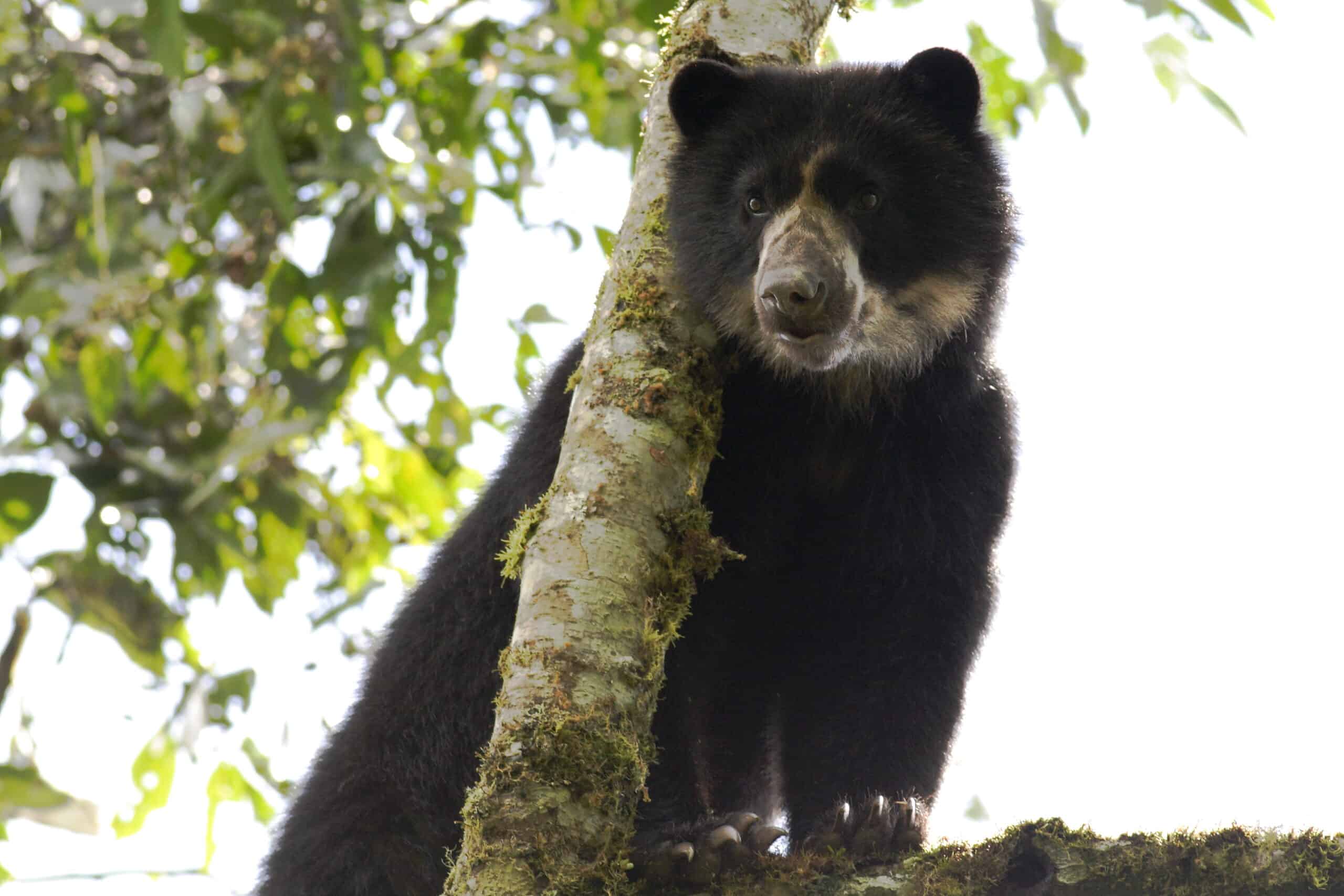Share this article
The diminishing song of Quebec’s chorus frogs
The remaining boreal chorus frogs in the province of Quebec may require government protection to give them a chance at surviving, according to new research.
“We have a big issue in Quebec province with this frog because we find them usually within cities and urban areas,” said Nathalie Tessier, an associate professor at the Montreal University and one of the co-authors of a study published recently in the Journal of Herpetology.
Meta-populations of boreal chorus frogs (Pseudacris maculata) occur in only two areas of Quebec —a handful of spots in the Gatineau suburb of Ottawa and four populations around the Montreal suburbs, mostly in the Monteregian east of the St. Lawrence River.
Chorus frogs get their name from the drawn-out call they make (you can listen here). They live in much of western Canada and the United States, but populations in Quebec and eastern Ontario represent the northeastern edge of their range.
The frogs in the southern Quebec region around Montreal were previously believed to be western chorus frogs (Pseudacris triseriata) until Tessier and a few co-authors listened closer to their sounds and did some genetic tests to find they were actually boreal chorus frogs.
Since chorus frogs often live near major cities in Canada, one of their main threats is development. The thumb-sized frogs live in seasonal marshes, until they dry up in the summer and the frogs move to the forest. They move a little between the seasons and Tessier and her co-authors wanted to see how connected the various populations were to each other in Quebec, as well as with other populations on the Ontario side of the Ottawa River.
They took about 25 samples from each population, but the going wasn’t always easy. Getting the rough location of the small frogs was simple enough — their chorus calls can make quite a racket. The trouble came when the researchers approached to capture the frogs with nets or bare hands. The frogs went quiet for about 10 minutes. “That was not very easy. They are easily afraid,” Tessier said. “For one frog it can take half an hour.”
They took genetic samples of the frogs and analysis showed connectivity between some frog populations, while others were more isolated. Populations in Ontario around Ottawa had more gene flow among each other but only a little with the Quebec populations across the Ottawa River in Gatineau. Some populations around Montreal had little connection with each other or with other populations.
Low genetic diversity is a problem, Tessier said, especially if the populations become afflicted by disease. The chytrid fungus hasn’t been found among amphibians in Quebec yet, but it has been found in the south of neighboring Ontario. If it makes it way to Quebec, she said, chorus frog populations with low genetic diversity could be in trouble.
Based on these results, Tessier and her co-authors have proposed management units to protect current populations and gene flow between them, due to low connectivity in some parts. The frogs play an important role in the food web, she said, including eating a lot of mosquitos.
“We aren’t able to find chorus frogs in other areas in Quebec province,” she said. “They are unique and we have to take care of them.”
Header Image: Populations of the boreal chorus frog, which often live in urban areas of Quebec, are in danger from human development. Courtesy of Nathalie Tessier.








